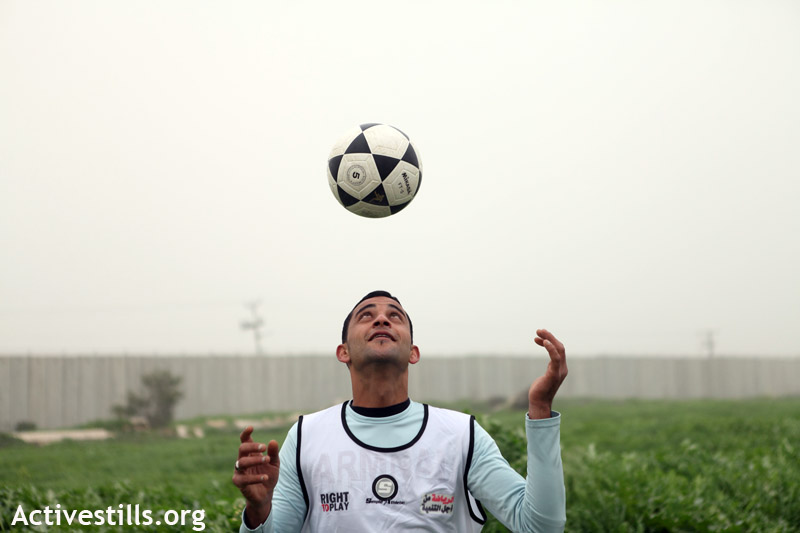Tag: Buffer Zone
-
We Are With Hana Shalabi and Al Aqsa: Demonstration in the No Go Zone in Beit Hanoun
by Nathan Stuckey 29 February 2012 | International Solidarity Movement, Gaza Israeli riot police have entered the Al Aqsa Mosque Compound, Palestinians have struggling to protect it for days. After 66 days Khader Adnan has ended his hunger strike, hopefully, soon, he will be home with his family. Even before his hunger strike ended the…
-
Solidarity with Khader Adnan in the No Go Zone
by Nathan Stuckey 14 February 2012 | International Solidarity Movement, West Bank Two months ago, few of us knew the name Khader Adnan. Today, he is an inspiration to all of us. Two months ago he was kidnapped from his home by Israel. He was charged with no crime. He was abused by his captors…
-
Entering the deadly zone, demonstration in front of Erez
7 February 2012 | Chroniques de Palestine Since 2008, demonstrations are organized in front of Erez in Beit Hanoun. This is in defiance of the “no go zone” imposed unilaterally by the Israelis. Any person who approaches the Green Line is under risk of being shot at. In fact many farmers; or rubble collectors have…


